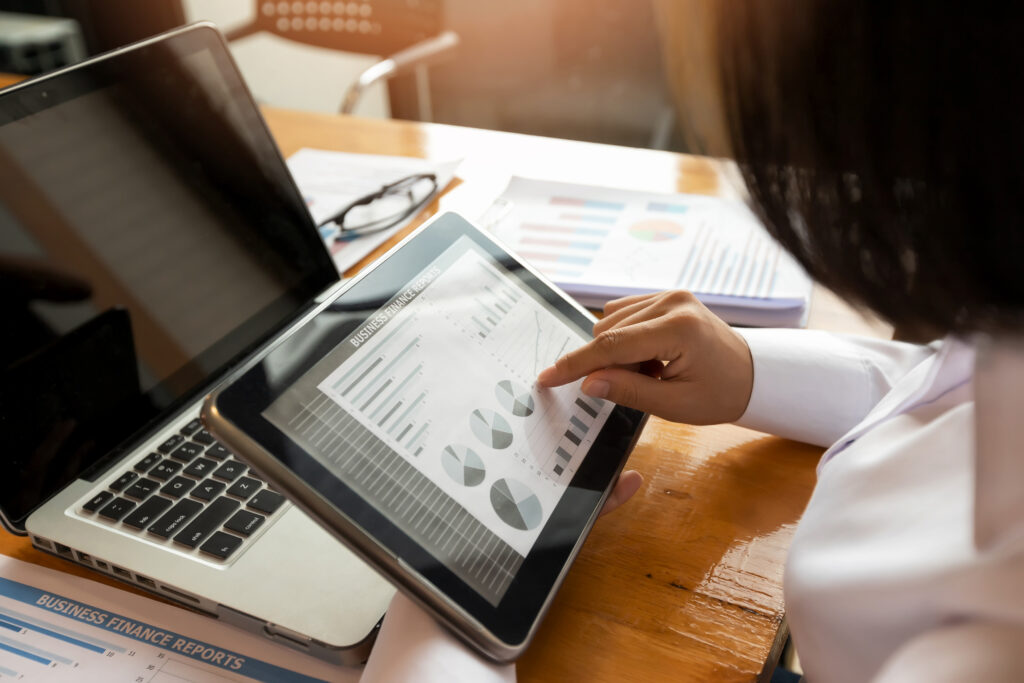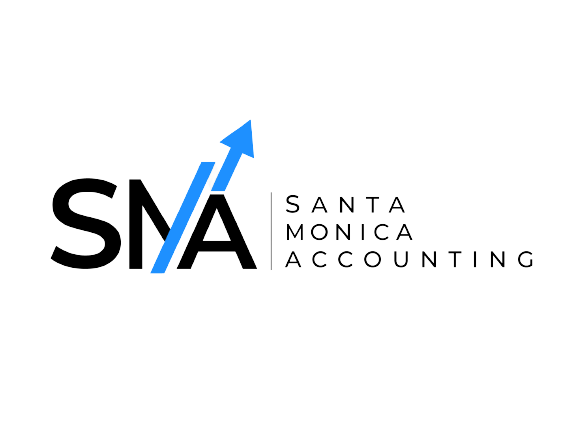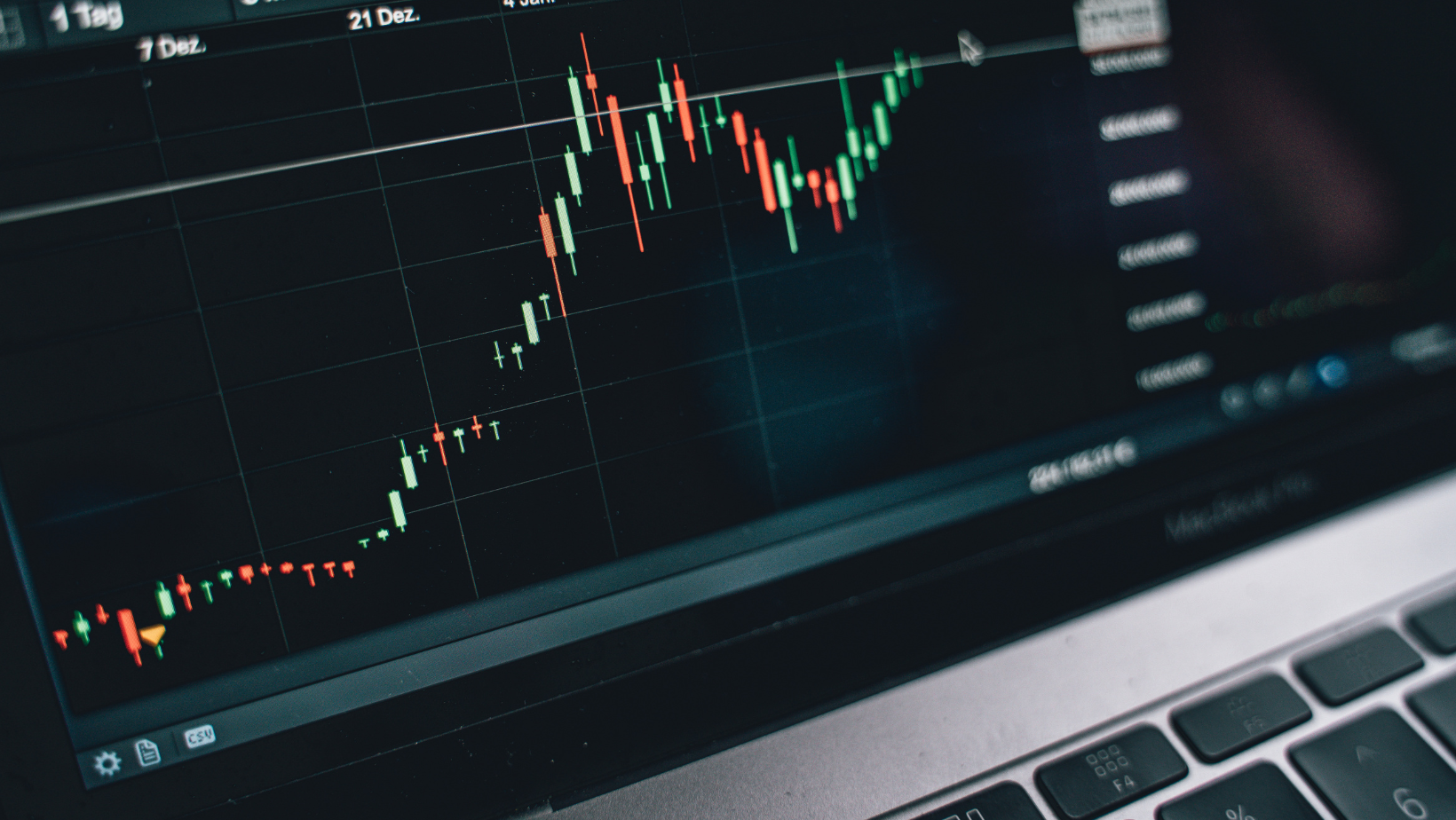In the fast-paced world of accounting, technology is more than just a tool—it’s a game-changer.
Technology serves as a powerful tool that empowers accountants to enhance their efficiency, accuracy, and strategic capabilities. By leveraging technological advancements, accountants can streamline their workflows, minimize errors, and make more informed decisions. Ultimately, this translates to improved financial management practices and better outcomes for organizations and in modern accounting
What is Modern Accounting?
Modern accounting refers to the contemporary practices and techniques used in the field of accounting to meet the evolving needs of businesses and stakeholders in today’s digital age. It encompasses a range of innovative approaches, technologies, and methodologies aimed at enhancing the efficiency, accuracy, and relevance of accounting processes

What is Accounting Technology
In today’s financial world, accountants rely on accounting technology, which is like their secret weapon. This digital toolkit helps them work smarter and faster by automating tasks and providing instant insights into financial data. It’s kind of like having a superpower that makes managing money easier for businesses. Essentially, accounting technology revolutionizes how businesses handle their finances, making the process smoother and more efficient.
Accounting technology has seen significant advancements over the years, revolutionizing how businesses manage their finances. Here are some key features of accounting technology:
1. Automation
One of the most significant features of accounting technology is automation. Tasks that were once manual and time-consuming, such as data entry, reconciliation, and report generation, can now be automated through accounting software. This not only saves time, but also lowers the probability of human error.
2. Cloud Based Solutions
Many accounting technologies are now cloud-based, allowing for easy access from anywhere with an internet connection. Cloud-based accounting software enables real-time collaboration among team members, facilitates remote work, and ensures data security through regular backups and encryption.
3. Integration
Modern accounting technology often integrates with other business software systems such as CRM (Customer Relationship Management), ERP (Enterprise Resource Planning), payroll, and inventory management. This integration streamlines processes, eliminates duplicate data entry, and provides a more comprehensive view of the business’s financial health.
4. Financial Reporting
Accounting technology offers robust reporting capabilities, allowing businesses to generate various financial reports quickly and accurately. These reports can include balance sheets, income statements, cash flow statements, budget vs. actual comparisons, and customizable dashboards for key performance indicators (KPIs).
5. Data Analytics
With the rise of big data and analytics, accounting technology now incorporates advanced analytics tools to provide deeper insights into financial data. These tools can analyze trends, identify patterns, forecast future performance, and help businesses make data-driven decisions.
6. Mobile Access
Many accounting software solutions offer mobile apps, allowing users to manage their finances on the go. Users can access essential features such as invoicing, expense tracking, and financial reporting from their smartphones or tablets, providing greater flexibility and convenience.
7. Artificial Intelligence (AI) and Machine Learning
AI-powered tools automate tasks, provide predictive analytics, and improve accuracy in areas such as fraud detection and risk management
8. Security
Security is a top priority in accounting technology, given the sensitivity of financial data. Modern accounting software employs robust security measures such as encryption, multi-factor authentication, and regular security updates to protect against data breaches and unauthorized access.
9. User-Friendly Interface
Modern accounting software prioritizes usability with intuitive interfaces and user-friendly features. This makes it easier for users with varying levels of accounting expertise to navigate the software, perform tasks efficiently, and leverage its full capabilities.

Thank you for reading with SMA!
Seeking help with your bookkeeping and accounting?
We’re right here for you!























